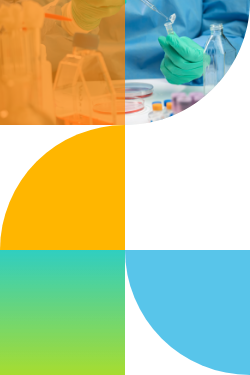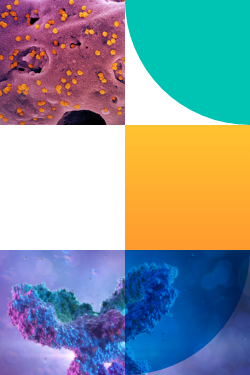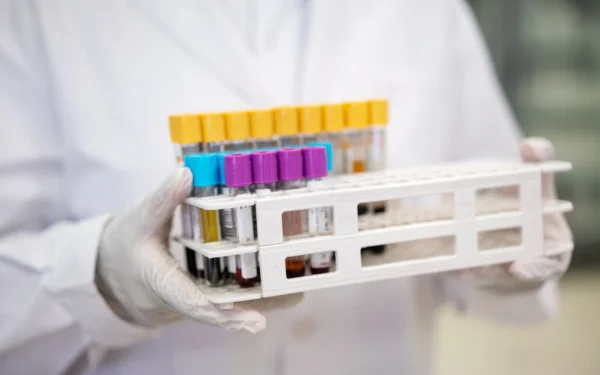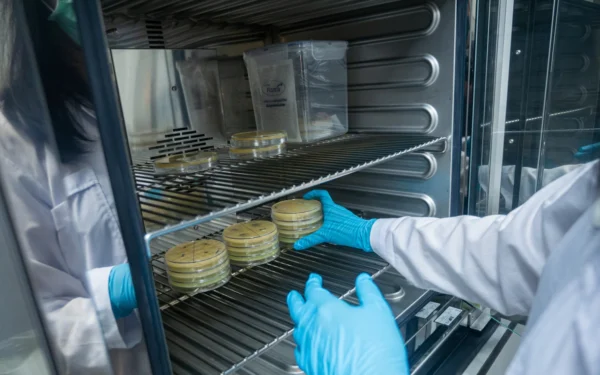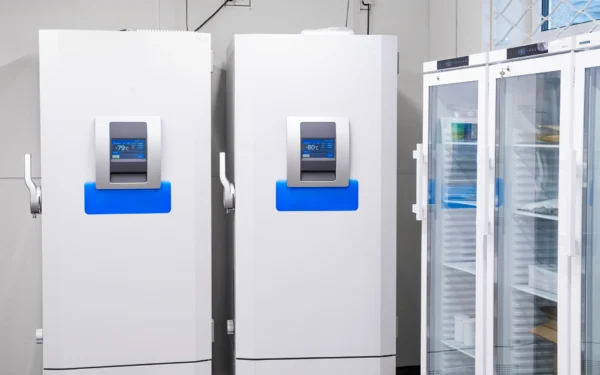In the race to discover new therapies, every sample is a potential stepping stone to the next significant breakthrough. Whether it’s a novel small molecule, a precisely engineered cell line, or a rare patient-derived tissue, each entity represents countless hours of scientific work and the critical data needed to move promising candidates closer to the clinic.
However, in many biopharmaceutical R&D organizations, samples are tracked in various ways, in spreadsheets, ad hoc databases, and siloed lab systems. As discovery programs scale and sample volumes increase, these fragmented methods demand constant reconciliation and leave scientists questioning the completeness and trustworthiness of their sample data.
Mislabeled vials, missing tubes, or incomplete records can lengthen experiment timelines, delay critical go/no-go decisions, and increase project costs. When this risk compounds across thousands of samples in a discovery program, momentum stalls. Scientists spend more time searching for or recreating materials than generating the reproducible data needed to move confidently into downstream studies.
The alternative is a barcode- or radio-frequency identification (RFID)-enabled sample management system that connects every physical handling event to a centralized digital record, creating a Single Source of Truth (SSoT) for all your entities. This level of centralized sample tracking empowers scientists to make confident, data-driven decisions at every stage of drug discovery.
The cost of fragmented sample tracking
In a typical drug discovery program, a single sample can travel a complex path: it may be synthesized in one lab, tested in another, and stored halfway across the country. A promising small molecule candidate may be aliquoted into dozens of vials, screened in successive in vitro assays, and reformulated for in vivo testing, with each step leaving behind a data trail. The same story can play out for proteins, plasmids, or patient-derived tissues, where misplaced vials or missing records can derail timelines for key experiments.
Without a unified system to manage these diverse sample types and connect every physical entity to its unique digital history, researchers risk:
- Duplicating work because prior data is inaccessible
- Losing samples due to poor traceability or unclear ownership
- Mismatching physical samples with the wrong metadata
When integrated within a robust sample management platform, barcode and RFID systems unify inventory tracking with the full experimental context of each sample. This integration provides scientists with real-time access to comprehensive, reliable data, supporting reproducibility and enabling more informed experimental design.
How do barcodes and RFID systems enable an SSoT?
Barcodes and RFID tags serve as the bridge between physical samples and their digital records. These systems dramatically improve traceability and reduce the need for manual data entry. In the context of a unified sample SSoT, they generate authoritative, accessible records for all your sample types.
Barcodes are machine-readable symbols, such as patterns of spaced-out black and white lines (code 128) or dots (QR codes), that encode sample data for instant retrieval via scanning. They minimize transcription errors, provide quick access to standardized metadata, and work well for most daily lab workflows. RFID tags, on the other hand, use radio waves to identify multiple samples simultaneously without line-of-sight scanning, which is particularly valuable for managing entities in large, complex inventories. These tags are typically more durable and allow sample tracking inside closed containers or remote storage.
When integrated with a sample management software, often as part of a laboratory information management system (LIMS) or electronic lab notebook (ELN), these technologies allow labs to register samples once, track them automatically, and maintain accurate records throughout the sample lifecycle.
Deploying an SSoT for samples in practice
Below are some best practices for implementing barcodes or RFID systems in your lab:
- Centralize all samples in one authoritative registry
A shared sample registry ensures that every vial, whether in a central biorepository or a project-specific freezer, is registered once and referenced by all teams. Each record should include:
- A unique identifier linked to a barcode or RFID tag
- Standardized metadata describing sample history (processing, prior experimental use, etc.)
- Documented relationships to derivatives or parent samples
Including the descriptors above in each sample record eliminates redundant tracking systems, prevents conflicting records, and ensures every team is working from the same real-time data.
- Automate data capture to eliminate manual entry
Barcodes allow rapid check-in/check-out for individual samples, while RFID enables hands-free bulk scanning, even for samples stored in sealed containers. When planning barcode or RFID system deployment, ensure alignment with your lab’s infrastructure and operations, and verify support for:
- Automated custody updates at check-in/check-out
- Traceable transfers between locations or teams
- High-throughput workflows, such as scanning full racks or multiwell plates in seconds
- Direct integration with your LIMS or ELN for real-time updates
Customizing barcode/RFID automation across your lab saves hours of manual logging while facilitating data reliability as inventories grow.
- Track every sample from origin to outcome
Beyond tracking their locations in real time, an effective SSoT should capture end-to-end lineage for each sample. From the moment samples are generated until the end of their lifecycle, check that records link to:
- Parent/source materials
- Processing steps (e.g., purification, labeling)
- Experimental usage (e.g., assay results, formulation changes)
- Storage history and environmental conditions
This complete history is invaluable for troubleshooting unexpected results, reproducing experiments, and meeting regulatory requirements.
- Maintain real-time location and status visibility
In distributed research environments, verifying sample status is essential for effective experimental planning, particularly when samples must meet strict quality attributes such as viability, purity, concentration, and correct storage conditions. Ensure your SSoT provides simple status indicators that describe whether specific entities are available, reserved, or consumed. Set automated alerts for low-quantity thresholds of high-value samples to avoid unexpected shortages.
- Build compliance- and audit-readiness into the workflow
Configure your barcode/RFID-enabled SSoT to automatically record who handled each sample, when, and under what conditions, creating a continuous, verifiable chain of custody. This is critical for streamlining GxP compliance, IND or NDA submissions, and regulatory inspections.
Benefits of an SSoT for all sample types
Adopting an SSoT supported by barcode/RFID technology delivers measurable advantages:
- Faster decision-making: On-demand access to complete sample data allows scientists to assess entity availability or suitability quickly, which simplifies experimental design—no more guesswork about whether you have sufficient aliquots for a multi-week study requiring repeated dosing.
- Improved experimental efficiency: Full sample visibility allows teams to locate and reuse validated materials rather than starting from scratch. Run multiple assays with the same sample lot and limit redundant validation steps.
- Reduced risk of error: Automated sample data capture minimizes the likelihood of mislabeled vials, swapped aliquots, or incorrect entity usage. Screen large batches of small molecule or antibody candidates with confidence.
- Better collaboration across sites and teams: Shared, harmonized sample data facilitates more informed decision-making on projects requiring coordination across disciplines or R&D sites. Focus on high-level scientific discussions in meetings rather than debating about sample logistics.
Gain the competitive edge in drug discovery
In an industry where every research workflow bottleneck can hinder delivery of life-improving therapeutics, the ability to instantly locate any sample, verify its history, and use that data to guide experimental design is a competitive advantage. Biopharma organizations that unify sample management under a barcode- or RFID-enabled SSoT accelerate their R&D pipeline, improve reproducibility, and gain the decision-making confidence needed to reach the clinic faster.
